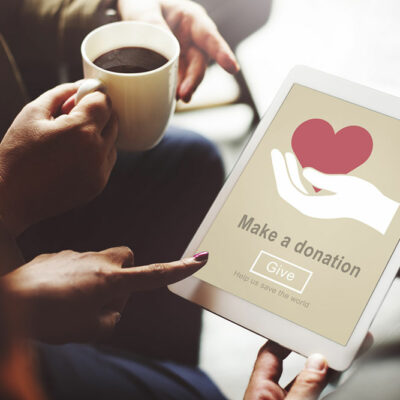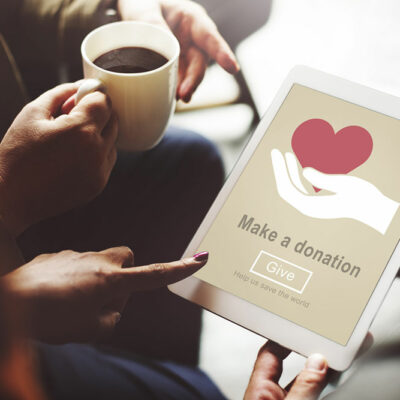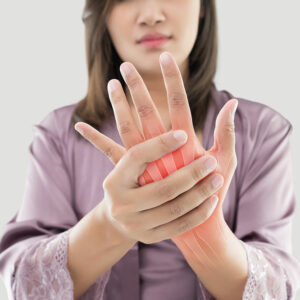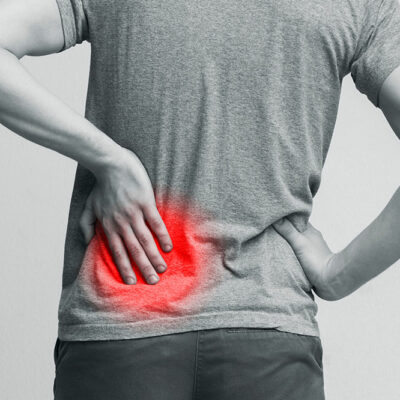
Everything Else
5 things to check before donating to a charity
Donating to a charity is a way for one to contribute to the well-being of others and give back to society. However, despite having the best of intentions, one can inadvertently encounter challenges or potential deceivers when donating. So, before proceeding to donate, it is essential for one to be informed and discerning about the charities they choose to support. Here are a few things that one must know and check before donating. The type of charity The first thing one must check about the charity they are donating to is their cause. It is crucial to have a clear understanding of the causes and type of charity one is supporting. A few common causes charities usually work toward include healthcare research, animal welfare, social services, environmental conservation, education, etc. Besides these, one must also learn about the charity’s mission and its aims with the funds received. Legal status, accreditation, and registration It is extremely important to find out about the charity’s legal status, accreditation, and registration before donating, as these aspects determine the organization’s legitimacy. Reputable charities are typically registered with the Internal Revenue Service (IRS). Additionally, there are some reputable organizations that help find credible charities where one can donate.



















